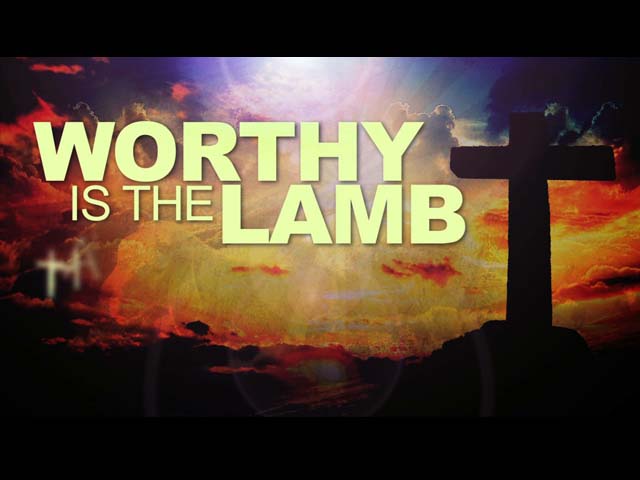-
Worthy Is The Lamb Series
Contributed by Paul Barreca on Nov 28, 2017 (message contributor)
Summary: The study of Revelation shows us God’s remedy for evil, and the ultimate purpose of human history.
How do you answer this common challenge to the Gospel: “I do not believe in God because if God were real, there wouldn’t be injustice and suffering in the world.”
This is the objection of many who do not believe in the gospel. It is a question about what we as humans perceive as the quality of God’s attributes. It is a question that cannot place the existence of evil into a world created by an Ultimate being.
When asked this question, the first thing I do is ask the questioner how THEIR WORLD VIEW answers the question of suffering. It is not just the responsibility of Christians to provide an answer to the existence of evil. Every world view must address this question. For too long, atheists have used this argument against God without recognizing that they too have an answer for the existence of evil. Once they come this awareness, it is easy to demonstrate that the Bible provides the only logical and just explanation for the existence of evil.
- If suffering is RANDOM as the atheist believes, then life truly is not FAIR. The disconnect is that we don’t live this way. We expect that there is JUSTICE. When someone does something morally wrong, especially when it is against me, the natural human expectation is that wrong should be punished.
- If suffering is caused by EVIL, as the moralist would argue, then how do we define evil, unless there is good?
The study of Revelation shows us God’s remedy for evil, and the ultimate purpose of human history.
Here in REVELATION, we see the culmination of human history.
We see the SOURCE of Evil
We see that Evil is LIMITED
We see that Evil will be JUDGED
We see the REMEDY for Humanity - JESUS the Lamb
We see GOD’S PURPOSE
“What if God, desiring to show his wrath and to make known his power, has endured with much patience vessels of wrath prepared for destruction, in order to make known the riches of his glory for vessels of mercy, which he has prepared beforehand for glory—” (Romans 9:22–23, ESV)
I believe that the key to understanding the difficult prophetic sections of Revelation can only be found when we understand the opening scene in Heaven which John describes in Revelation 4 and 5. Here, in this majestic scene, , we see the fulfillment of God’s plan to show his mercy and judge sin. God’s judgment of sin, and the prophetic events that are foretold in the rest of the book, centers on a scroll that contains God’s plan for the final future of human history.
“And between the throne and the four living creatures and among the elders I saw a Lamb standing, as though it had been slain, with seven horns and with seven eyes, which are the seven spirits of God sent out into all the earth. And he went and took the scroll from the right hand of him who was seated on the throne. And when he had taken the scroll, the four living creatures and the twenty-four elders fell down before the Lamb, each holding a harp, and golden bowls full of incense, which are the prayers of the saints. And they sang a new song, saying, “Worthy are you to take the scroll and to open its seals, for you were slain, and by your blood you ransomed people for God from every tribe and language and people and nation, and you have made them a kingdom and priests to our God, and they shall reign on the earth.” Then I looked, and I heard around the throne and the living creatures and the elders the voice of many angels, numbering myriads of myriads and thousands of thousands, saying with a loud voice, “Worthy is the Lamb who was slain, to receive power and wealth and wisdom and might and honor and glory and blessing!”” (Revelation 5:6–12, ESV)
I. God the Father is Showing John the Future of Human History.
God does this by giving John a series of visions about the future. These are “things that are to take place,” which John was instructed to write about (Rev 1:19). These events are related to us in a series of descriptions provided by John. He uses the phrase “and I saw,” or “I heard,” to relate to his audience the visions that God revealed to him.
“After this I looked, and behold, a door standing open in heaven! And the first voice, which I had heard speaking to me like a trumpet, said, “Come up here, and I will show you what must take place after this.”” (Revelation 4:1, ESV)
“Then I saw in the right hand of him who was seated on the throne a scroll written within and on the back, sealed with seven seals.” (Revelation 5:1, ESV)

 Sermon Central
Sermon Central



